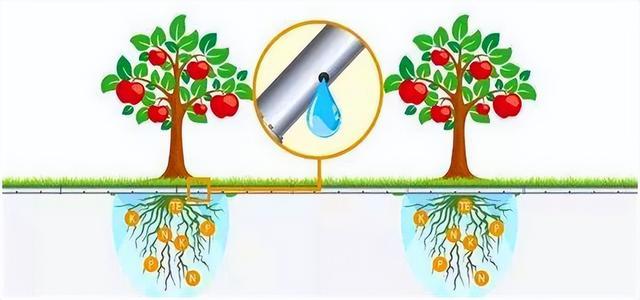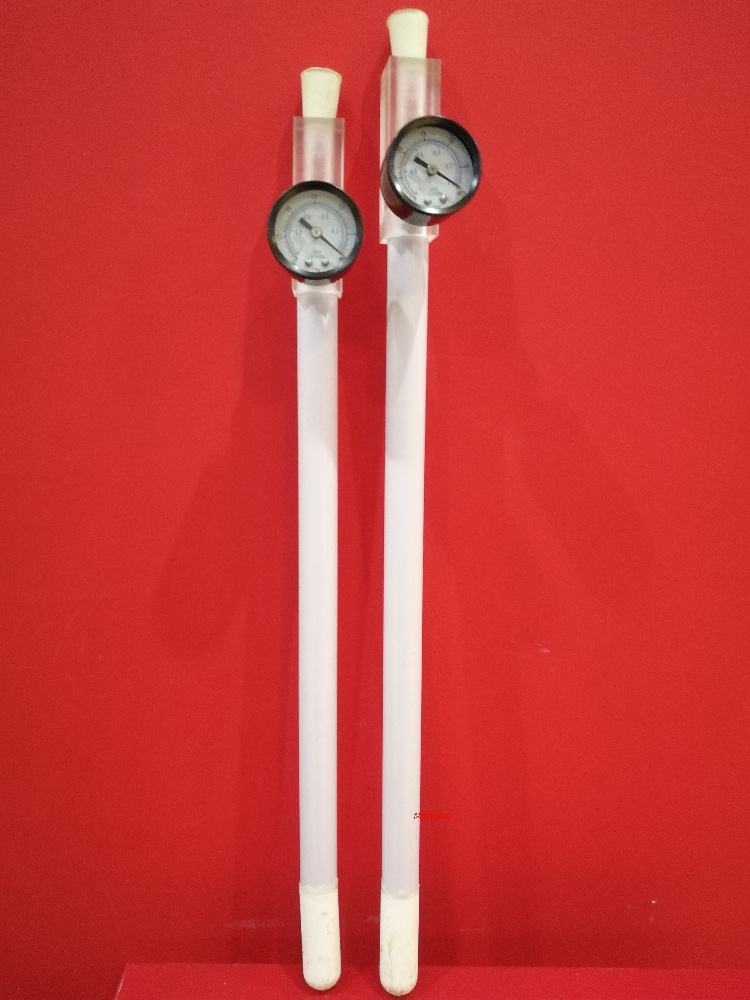

— Blogs —
—Products—
 Consumer hotline +8618073152920
Consumer hotline +8618073152920 WhatsApp:+8615367865107
Address:Room 102, District D, Houhu Industrial Park, Yuelu District, Changsha City, Hunan Province, China
Product knowledge
Time:2024-03-02 20:41:27 Popularity:1592
Measuring soil moisture is essential for agriculture, horticulture, and environmental monitoring. It helps in understanding the water status of the soil, which is crucial for plant growth, irrigation scheduling, and soil conservation. There are several methods to measure soil moisture, each with its own advantages and limitations. Here are some common methods:

1. Visual Inspection:
- Palmer Method: This involves feeling the soil's moisture content by hand.
- Hand Feel Method: Water is added to the soil until it runs out of the fingers. The moisture content at which water begins to run out is noted.
2. Gravimetric Method
The gravimetric method is a direct and straightforward approach to measure soil moisture. It involves:
- Sampling: Collecting a soil sample from the desired depth.
- Weighing: Weighing the wet soil sample immediately.
- Drying: Drying the soil sample in an oven at 105°C (221°F) for 24 hours or until it reaches a constant weight.
- Weighing Again: Weighing the dry soil sample.
- Calculation: The moisture content is calculated based on the weight loss during drying, relative to the dry weight, usually expressed as a percentage.
This method provides accurate measurements of soil moisture but is time-consuming and not suitable for real-time monitoring.

3. Tensiometers
Tensiometers measure the soil water potential, indicating how easily plants can extract water from the soil. They consist of a water-filled tube with a porous ceramic cup at the bottom and a vacuum gauge on top. When placed in the soil, water moves in and out of the tensiometer, changing the tension, which is read on the gauge. This method is particularly useful in sandy soils or for irrigation management.
4. Soil Water Content Meters:
- These devices are inserted into the soil and measure the electrical conductivity or frequency of the soil, which correlates with its moisture content.
5. Probe-Type Soil Sensors:
- These sensors are installed permanently in the soil and measure the volume of water present. They can be resistance-based, frequency-based, or capacitance-based.
5.1 Time Domain Reflectometry (TDR):
- TDR sends an electromagnetic pulse through a waveguide made of soil. By measuring the time it takes for the pulse to travel and reflected back, the moisture content can be determined.
5.2 Frequency Domain Reflectometry (FDR):
- Similar to TDR, FDR measures the water content by sending a low-frequency signal through a soil sample and analyzing the reflected signal.
5.3 Capacitance Sensors
Capacitance sensors measure the dielectric permittivity of the soil, which increases with moisture content.These sensors generate an electromagnetic field, measuring the change in capacitance caused by the moisture in the soil.Capacitance sensors can provide real-time data and are suitable for various soil types but may require calibration.
6. Remote Sensing
- Satellite and aerial remote sensing can provide large-scale soil moisture estimates. Advanced sensors can measure soil moisture content from space, although with less precision than ground-based methods.
how to measure soil moisture Considerations
When choosing a method to measure soil moisture, consider factors such as the required accuracy, cost, soil type, depth of measurement, and whether continuous or periodic readings are needed. Each method has its specific applications, benefits, and limitations, making it important to select the one that best fits the purpose of the measurement.
Related recommendations
Sensors & Weather Stations Catalog
Agriculture Sensors and Weather Stations Catalog-NiuBoL.pdf
Weather Stations Catalog-NiuBoL.pdf
Related products
 Combined air temperature and relative humidity sensor
Combined air temperature and relative humidity sensor Soil Moisture Temperature sensor for irrigation
Soil Moisture Temperature sensor for irrigation Soil pH sensor RS485 soil Testing instrument soil ph meter for agriculture
Soil pH sensor RS485 soil Testing instrument soil ph meter for agriculture Wind Speed sensor Output Modbus/RS485/Analog/0-5V/4-20mA
Wind Speed sensor Output Modbus/RS485/Analog/0-5V/4-20mA Tipping bucket rain gauge for weather monitoring auto rainfall sensor RS485/Outdoor/stainless steel
Tipping bucket rain gauge for weather monitoring auto rainfall sensor RS485/Outdoor/stainless steel Pyranometer Solar Radiation Sensor 4-20mA/RS485
Pyranometer Solar Radiation Sensor 4-20mA/RS485
Screenshot, WhatsApp to identify the QR code
WhatsApp number:+8615367865107
(Click on WhatsApp to copy and add friends)
